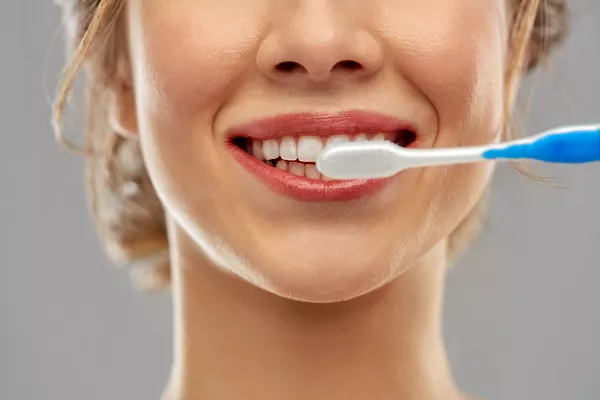Periapical periodontitis, often referred to as periapical abscess or dental abscess, is a common dental condition that can cause discomfort and potential complications if left untreated. This localized infection originates near the tip of a tooth‘s root and can result in various symptoms and oral health concerns. In this article, we’ll explore what periapical periodontitis is, its causes, symptoms, and available treatment options.
Understanding Periapical Periodontitis
Infection at the Root Tip
Periapical periodontitis occurs when the innermost part of a tooth, known as the pulp, becomes infected. This infection can develop due to untreated cavities, cracked or damaged teeth, or as a result of dental procedures that expose the pulp to bacteria.
Inflammatory Response
As bacteria enter the pulp, the body’s immune response is triggered, leading to inflammation. The infection can spread to the root tip (periapical area) and into the surrounding bone, causing localized inflammation.
Causes of Periapical Periodontitis
Untreated Dental Issues
Untreated cavities, tooth decay, or fractures that expose the pulp to bacteria can lead to periapical periodontitis.
Dental Procedures
Sometimes, dental procedures such as root canals or fillings can inadvertently introduce bacteria into the pulp, resulting in infection.
Trauma
Physical trauma to the tooth, such as a blow to the mouth, can damage the pulp and initiate an infection.
Gum Disease
Untreated gum disease can progress to affect the supporting structures of the tooth, including the pulp, leading to infection.
Symptoms of Periapical Periodontitis
Toothache
A persistent and throbbing toothache, often worsened by biting or chewing, is a common symptom of periapical periodontitis.
Sensitivity
Increased sensitivity to hot and cold temperatures, as well as sensitivity to sweet foods, may be experienced.
Swelling
Swelling of the gums, face, or cheek in the vicinity of the affected tooth is a noticeable symptom.
Pus Drainage
In some cases, a pimple-like bump filled with pus, known as a gum boil or dental abscess, may appear on the gum near the affected tooth.
Sever
If the infection becomes severe, fever and general malaise may occur as a systemic response to the infection.
Treatment Options
Antibiotics
In cases of acute infection, antibiotics may be prescribed to control the spread of bacteria and reduce inflammation.
Drainage
If there is an abscess or pus buildup, draining the pus can provide relief and promote healing.
Root Canal Treatment
A root canal procedure involves removing the infected pulp, cleaning and disinfecting the inner chamber, and sealing it to prevent further infection. This approach aims to save the tooth.
Extraction
In cases where the tooth is extensively damaged or the infection is severe, extraction might be necessary. After extraction, options for tooth replacement, such as dental implants or bridges, can be discussed.
Pain Management
Over-the-counter pain relievers or prescribed medications can help manage pain and discomfort.
Preventing Periapical Periodontitis
Oral Hygiene
Practicing good oral hygiene by brushing, flossing, and using mouthwash regularly can prevent tooth decay and the development of abscesses.
Regular Dental Visits
Regular dental check-ups allow for early detection and treatment of cavities or other dental issues that could lead to periapical periodontitis.
Trauma Prevention
Wearing protective gear during sports activities and avoiding habits that increase the risk of tooth fracture can help prevent trauma-related infections.
Early Treatment
Addressing dental issues promptly and seeking treatment for any signs of infection can prevent the progression of periapical periodontitis.
Conclusion
Periapical periodontitis is a localized infection that can cause discomfort and potentially lead to severe complications if left untreated. Early recognition of symptoms, timely dental treatment, and preventive measures are crucial to avoiding the development of abscesses and protecting oral health. Seeking professional dental care at the first sign of symptoms can lead to effective treatment and the preservation of the affected tooth whenever possible. Remember, maintaining good oral hygiene practices and attending regular dental check-ups are essential components of preventing dental infections and maintaining a healthy smile.
Related Topics:































